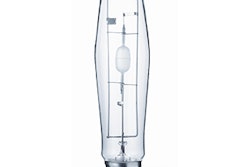A North Dakota Health Department official told lawmakers Thursday that the agency soon would unveil a website where members of the public can see all oil spills and other hazardous leaks reported in the state. "We want to be, as an agency, as transparent as possible," Dave Glatt, chief of the department's environmental health section, told the Energy Transmission and Development Committee. "We want to make sure the public does know, as well as legislators." Glatt said the spill website will answer "where it is, how much is it and is it impacting somebody?" Users of the website may be able to track spills as far back as 1975, Glatt said.
The move comes after officials took nearly two weeks to tell the public about a Tesoro Corporation pipeline rupture discovered in September that sent more than 20,000 barrels of crude spewing across a North Dakota wheat field. It follows a report by The Associated Press that the state had nearly 300 pipeline spills — many of them small — in the last two years that hadn't been publicly announced. Senator Connie Triplett, a member of the energy committee, told the AP this week that she and other Democratic lawmakers would seek bipartisan legislation to require regulators to publicly report all oil spills and other hazardous leaks. No motion was made Thursday to seek such legislation.
"There has to be some clear statement in the law that the public has a right to know," the Grand Forks Democrat said. Glatt told the AP in an interview that the website will be permanent once it goes live in about two weeks. "Once it's set up, it will be very difficult to pull it back down," Glatt said.
North Dakota health officials receive an average of about five reports of hazardous spills daily, or about 1,500 annually, Glatt said. The reports come from oil, agriculture and transportation industries, he said. Health officials are still considering how large a spill should trigger a public announcement, Glatt said. "The vast majority are very small and are cleaned up that same day, if not the same hour," he said.






















